Coronavirus: Melbourne’s towering inferno of despair … for all
The cruel repercussions of Daniel Andrews’s ‘look what you made me do’ politics now stretch far beyond Melbourne’s housing towers.
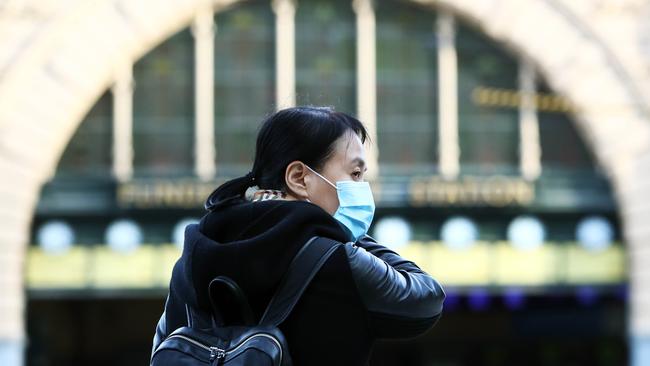
Outside the public housing tower on Canning Street in North Melbourne, a bus stop sign advertises the services of Lifeline. “Hello neighbour!” it says cheerfully. “Through COVID-19, we’re here for you.”
Unfortunately, none of the helpless residents locked aloft for testing last week as the virus flared among them were in any position to derive comfort from it.
Nine such towers, abruptly recognised as Victoria’s hottest viral spot, were shuttered simultaneously a week ago, ahead of the state’s reversion to stage three stay-at-home conditions. A minimum six weeks of viral whack-a-mole now lie ahead.
The scene was sobering: the deserted forecourts piled with boxes of provisions; the police standing in twos and three on corners, in car parks and among the swings and slides of the empty playgrounds; and the artefacts of interim encampment such as portacabins and generators. Everyone was calm and courteous but, behind their masks, tight-lipped.
The risks were not far to seek. This corner of Melbourne is characterised by high-density housing and high-intensity usage. It is honeycombed with apartments, proximate to schools, daycare centres, shopping strips. For contagion, conditions could hardly be better.
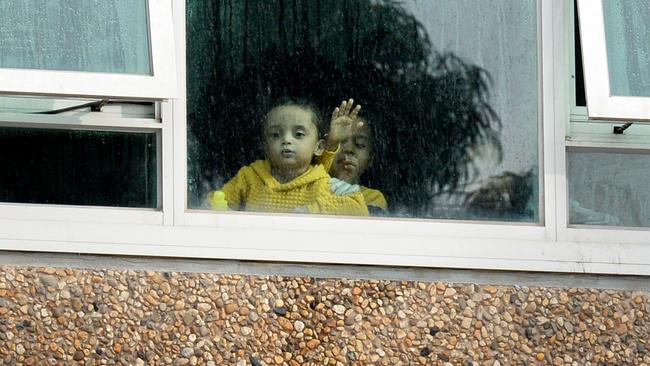
Second lockdown came to five million Victorians suddenly and sweepingly. Things have been deemed, literally, crook in Tallarook, and other centres of Mitchell Shire, north of Melbourne, such as Seymour and Kilmore.
Things are downright bleak in the local government areas of Hume, including such suburbs as Broadmeadows and Kalkallo, and of Wyndham, encompassing Werribee and Point Cook. If nothing else, Victorians are getting a crash course in their own geography.
The numbers are giddying. Five weeks ago, as Daniel Andrews’s government relaxed the first lockdown, COVID-19 seemed to be cornered. New cases were in the single figures, active cases in scores. The number has now surged beyond 1000, mainly from unknown sources.
This second lockdown will be vastly worse than the first. The disease is travelling on winds of community transmission rather than on the persons of returned travellers. People had barely accustomed themselves to the restoration of former freedoms; their resources are already exhausted; their trust in the state has been badly depleted.
Victorians didn’t respond to a second lockdown last week like Serbians, who torched Belgrade and stormed parliament. But there is bafflement, disappointment and more than a touch of righteous fury with their government.
To be sure, there is bad luck involved. COVID-19 is volatile. An asymptomatic “super spreader” can be almost radioactive.
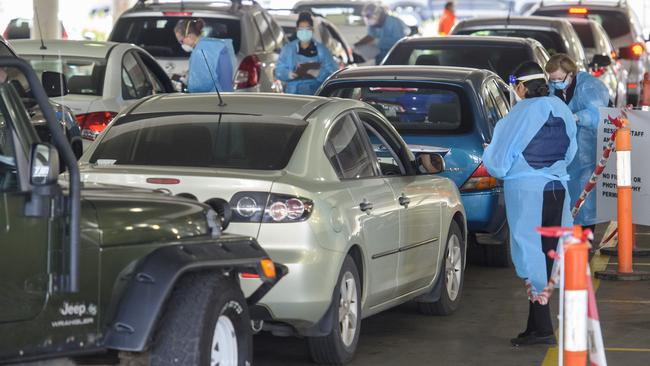
And with so many variables, it was always probable that some states would do better than others at containing it. “It could happen to any of us, and I am very conscious of that,” agreed Queensland Premier Annastacia Palaszczuk.
But was it really so difficult to see the towers as vulnerable? After all, they’ve only been there 50 years. It’s where English is often a second language, and where the state has historically stacked those industrious souls who perform the city’s invisible work of cooking, cleaning, driving, etc — thereby deepening their infection risk. Yet the neglect of them has, by all accounts, been abject.
And was it really so difficult to see that enforcing the critical hotel quarantine was better not left to a bunch of cut-price security guards? A rock pub’s door bitch would have run a tighter regime than the underpaid, undertrained human bollards thrown into the fray by Andrews’s jobs-for-the-boys minister, Martin Pakula.
Plus, there is now message fatigue. “Staying Apart Keeps Us Together.” There it is, that shopworn paradox, on the scenery behind Andrews every time he delivers his now-familiar bare-chested accountability-without-actual-responsibility-or-consequences shtick. Dear God. We. Get. It.
For return to lockdown, the Premier blamed “creeping complacency” and “old habits” — the self-exonerating “look what you made me do” of politics.
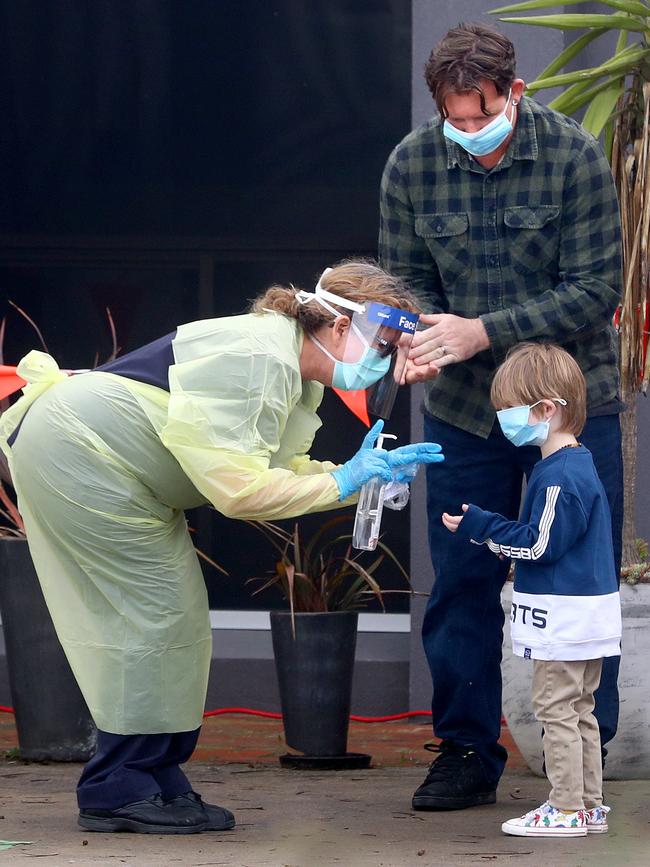
The reality is he does not really know. The data is poor. The contact tracing, impaired by a shortage of public health personnel, is nowhere near definitive. And surely none were so complacent as those who relaxed the first lockdown so clumsily.
Because Andrews’s government seems able to govern everyone but itself, it will now cost $3m to have a retired judge plumb the depths of its decision-making.
Yet if the facts were of actual interest to the Premier, rather than a source of potential political inconvenience, surely all the information and personnel are readily to hand. The “inquiry”, then, is not even locking the stable door after the horse has bolted; it is carefully removing the door from its hinges for sending to a door shop who’ll stick it in the window for a passer-by to peer at through the glass. By then the horse will have run the Melbourne Cup.
The cost of all this, alarmingly, we cannot say. Treasurer Josh Frydenberg, due to make an economic statement in 12 days, puts the cost of lockdown at a billion dollars a week. And it’s like C. Everett Dirksen famously said: “A billion here, a billion there, and pretty soon you’re talking about real money.”
It’s the psychic toll that is immeasurable. It has been Victoria’s good fortune to lose only 22 lives since the pandemic began. But by now, surely nobody in the state is unaffected, and does not have someone in their family or social circle on the brink of despair.
This second lockdown falls cruelly on people who had thought themselves inured to bad news, but know now otherwise. Personally, it was represented by the devastated parent who had just resumed visiting and is now unable to see a granddaughter for another six weeks.
It was the old friend offered a job in Canberra on Tuesday who had to pack his flat, throw his worldly goods into the back of his car and speed for the border. It was the single working mother with young children now faced with penning them up at home for the foreseeable future.
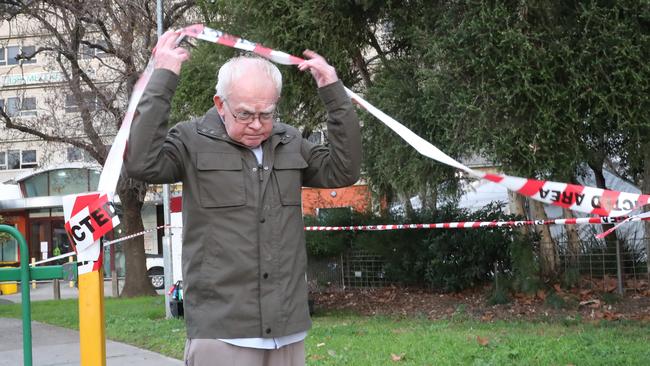
It was the beloved local cafe whose owner had just summoned the courage to reopen, ordered supplies and rehired staff, but which now must close again. It was the library that had just tentatively and with utmost care reopened to the community. It was the clubmates who can’t now gather for the weekly hour or so of cricket that has been keeping them going.
So it was with an air of profound disillusionment that Melburnians crowded bars, restaurants and the EastLink leading out of town on Wednesday night.
They had done the right things. They had made practical accommodations. They had sacrificed without complaint. And where had it got them?
Right back where they started. Right back dealing with inelastic systems and ambiguous advice.
Your correspondent wasted hours last week seeking information on a COVID-19 hotline that seems merely to rotate recorded non-options: “Press one for nothing, press two for nobody, press three to be told to look at a website, press four to listen to some muzak, press five to hear these options again or just kill yourself.”
There’s an irony to this, of course. It’s hardly so long since the Premier was authoritarian “Dictator Dan”, being lambasted by every armchair eugenicist and free-market foghorn for being too tough, too strict, when it actually appears that his government was nowhere near rigorous or organised enough. And who would not screen criticism out as partisan when it frankly usually is? The dullards and chancers of Victoria’s Liberal opposition look as ready for a comeback as Hey Hey It’s Saturday. Awaiting consideration now are the consequences of a state in perdition even as much of the rest of the country is shriven of its COVID sins.
“We’re all Victorians now,” said Scott Morrison on Wednesday, “because we’re all Australians.”
Up to a point. There can have been few periods in this country since Federation in which territorial identity has been so expressed, and the sense of every state for itself been so pronounced. Perhaps not since the Premiers’ Plan in 1932 that mandated austerity to counteract depression have the elected leaders of Australia’s states loomed so large, and so personified their policies.
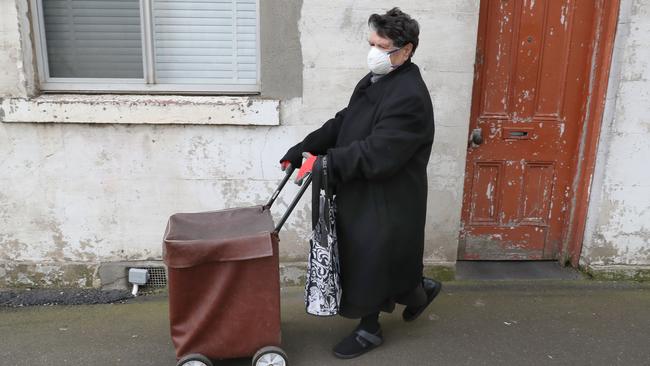
Usually, Australians identify by country and/or by city. The differences between Australia’s states are routinely either low-key, the stuff of postcodes, area codes and time zones, or contained, vented through rivalries in sport and competition for major events.
The days of differing railways gauges are behind us; borders are diffuse, Customs checkpoints ancient history. You need to be in your 50s to remember the fruit fly protocols at the border of Victoria and NSW. Yet there was that 170-year-old border again last week, sharply reasserted, aggressively policed, to the extent of cutting off Wodonga clients from the Albury Centrelink, even as Melbourne passengers disembarked a Jetstar flight in Sydney without so much as a thermometer in sight.
In other respects, Morrison is correct. Victoria constitutes a quarter of the national economy, and Melbourne over the past five years has accounted for a third of national employment growth. The other states busily socially distancing from Victoria can only back away so far before they feel the southern state’s economic tug.
How will South Australia’s incessant cross-border trade with the east be compromised by mobile and static checkpoints? How will Queensland be impacted by the lack of its wealthy migratory flocks from the south? Who can tell? Friday dawned with occupants of eight of the nine towers joining their fellow Victorians on stage-three restrictions, which must by comparison have felt like emancipation. But on Alfred Street, a block where 53 infections were detected and now skirted with temporary fencing, the wait continues. And their problems are now everyone’s.




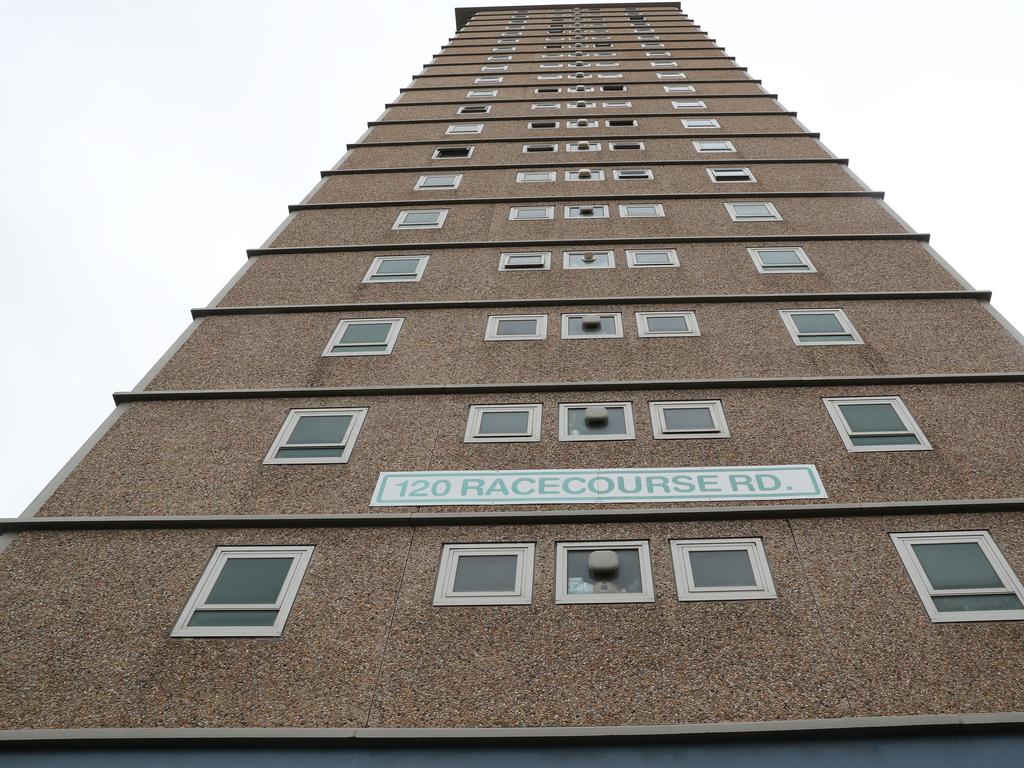


To join the conversation, please log in. Don't have an account? Register
Join the conversation, you are commenting as Logout